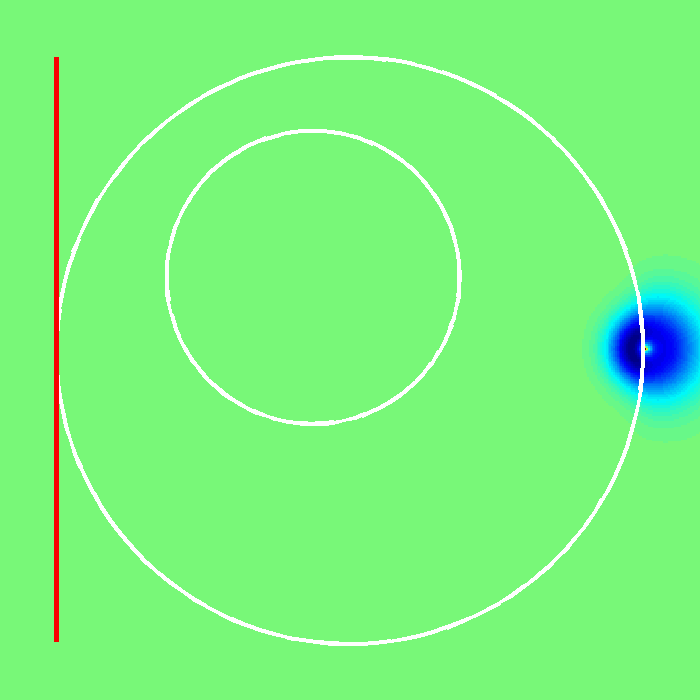The SENSWOOD project is focused on non-invasive investigation of tree trunks using microwave radar to determine internal structures and wood properties. Trees can be harmed by natural defects and biological degradation which, at an advanced stage, can lead to collapse. Tree trunks may contain knots, cracks, rotten wood or, in an extreme case, holes. Tree trunk inspection is therefore important to prevent accidents caused by fallen trees, especially in urban areas, and to improve a defect recognition for industrial use. Tree trunks can be inspected by a series of non-destructive techniques, including in particular ultrasonic tomography, electrical resistivity tomography or X-ray tomography. In that respect, microwave radar sensing techniques present several assets compared to other existing methods. Nevertheless, radar imaging and characterizeation of tree trunks is complicated by: (1) the relatively high moisture of living wood (30–200% of the weight of wood for a living tree), (2) heterogeneities of the tree trunk (heartwood, sapwood, and bark), (3) anisotropy of the wood (grain orientation), (4) roughness of a bark and circular section of a tree trunk.
The animation shown below was performed in order to observe the propagation of the electric field in the presence of cylindrical structures. The model consists of an air-filled cylinder (internal circle) embedded in another cylinder filled with dry sand (external circle). The background of the model is air. The simulation uses zero-offset reflection imaging with the transmit/receive point on the right of the image. A perfect electrical conductor is included on the left side of the object. The numerical simulation was performed using the gprMax software, which solves Maxwell's equations using the finite-difference time-domain (FDTD) method.
